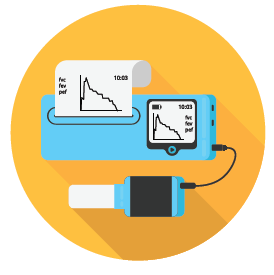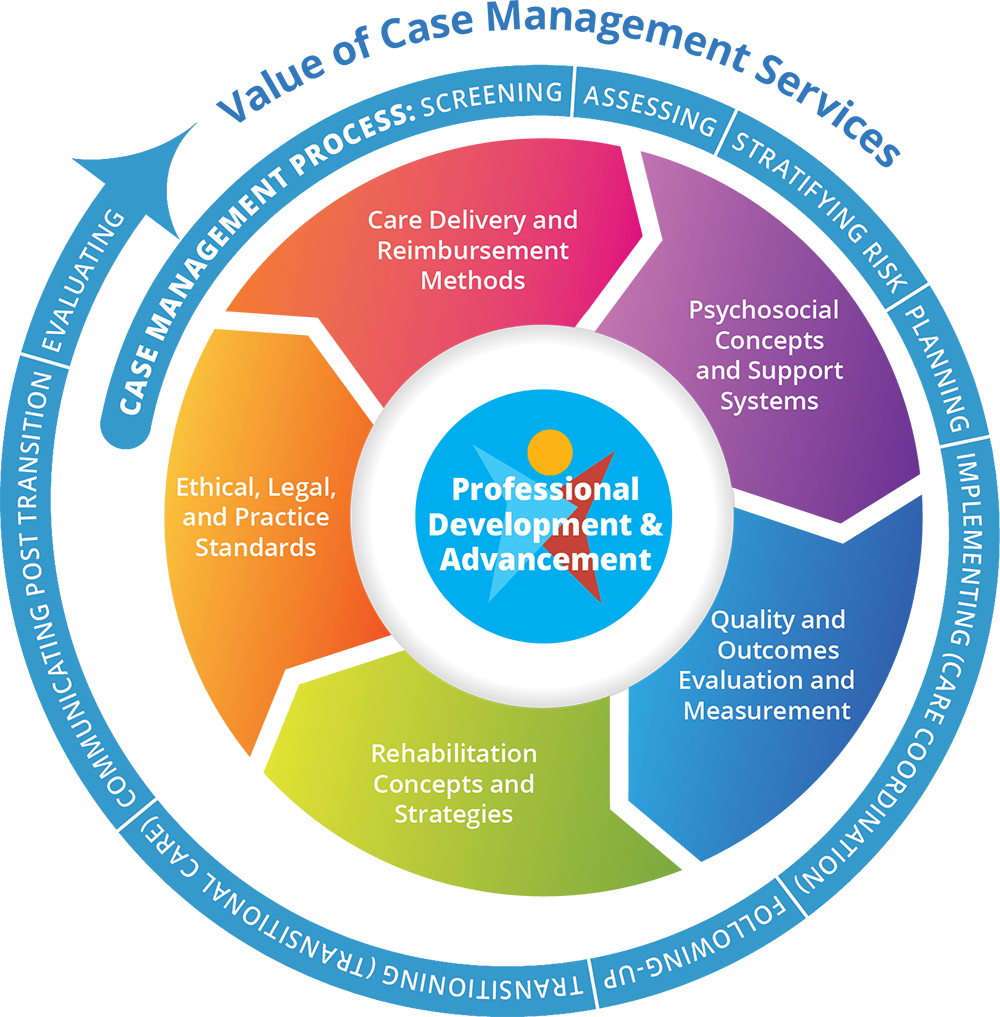It’s not always easy for healthcare providers to know when patients have COPD. Patients may show no signs or only very mild signs of the disease. But as COPD gets worse, it may become easier to recognize.
The most common symptoms are:
- Shortness of breath while walking or talking
- An ongoing cough
- A cough that produces a lot of mucus. This is also called “smoker’s cough”
- Wheezing, or whistling sound when you breathe
- A tight feeling in your chest
- Feeling very tired
Many people think that their breathing problems and coughing fits are just typical signs of getting old. But if you have any of the symptoms above, talk to your healthcare provider right away. You may have COPD.
COPD often occurs in smokers or former smokers who are at least 40 years old. Even secondhand smoke is risk.
Severe COPD
The more the lungs are damaged, the more serious COPD symptoms will be. And if you continue to smoke, you will damage your lungs faster. If you have severe COPD, you may find that your ankles, feet, or legs swell up, you might lose weight, and/or you might have less endurance.
If you show any of the signs below, call your healthcare provider right away:
- You have trouble catching your breath or talking
- Your lips or fingernails turn blue or gray
- You feel “out of it” and confused
- Your heart beats faster
- The medicine your doctor gave you to treat your COPD isn’t working
What is a COPD exacerbation?
An exacerbation is a flare-up of symptoms. An exacerbation can happen from a lung infection, but sometimes the cause is not known. Signs of an exacerbation may feel like you caught the flu or have pneumonia. There is also a change in the amount of mucus you bring up when you cough—either more or less than usual, or your mucus is a different color. Instead of your mucus being clear, it might be deep yellow, green or brown. If you have an exacerbation, you may also feel more short of breath.
Tests for COPD
When you visit your healthcare provider, he or she will review your medical history and see if you are a current or former smoker, or have had any contact with lung irritants such as secondhand smoke, air pollution, chemical fumes, or dust. He or she will also ask you if you have had an ongoing cough and if you bring up any mucus when you cough. Using a stethoscope, a healthcare provider will listen to your chest to see if you are wheezing or making other sounds that are not normal.
If your healthcare provider thinks you may have COPD, he or she will usually perform tests called lung function tests to confirm the diagnosis. Lung function tests measure how much air you can breathe in and out, how fast you can breathe out, and how well your lungs deliver oxygen to the bloodstream. The most common lung function test is called spirometry. It is a painless test in which you take in a deep breath, and then blow out as hard as you can into a tube that’s connected to a machine called a spirometer. The machine measures how much and how fast you are able to blow out the air.
Other lung function tests include:
- Lung volume test measures how much air your lungs can hold
- Lung diffusion capacity measures how well oxygen passes from your lungs into your bloodstream
- Pulse oximetry measures how much oxygen is in your blood
- Arterial blood gas test. Here, a sample of your blood is sent to a laboratory that will measure how much oxygen and carbon dioxide are in your blood


